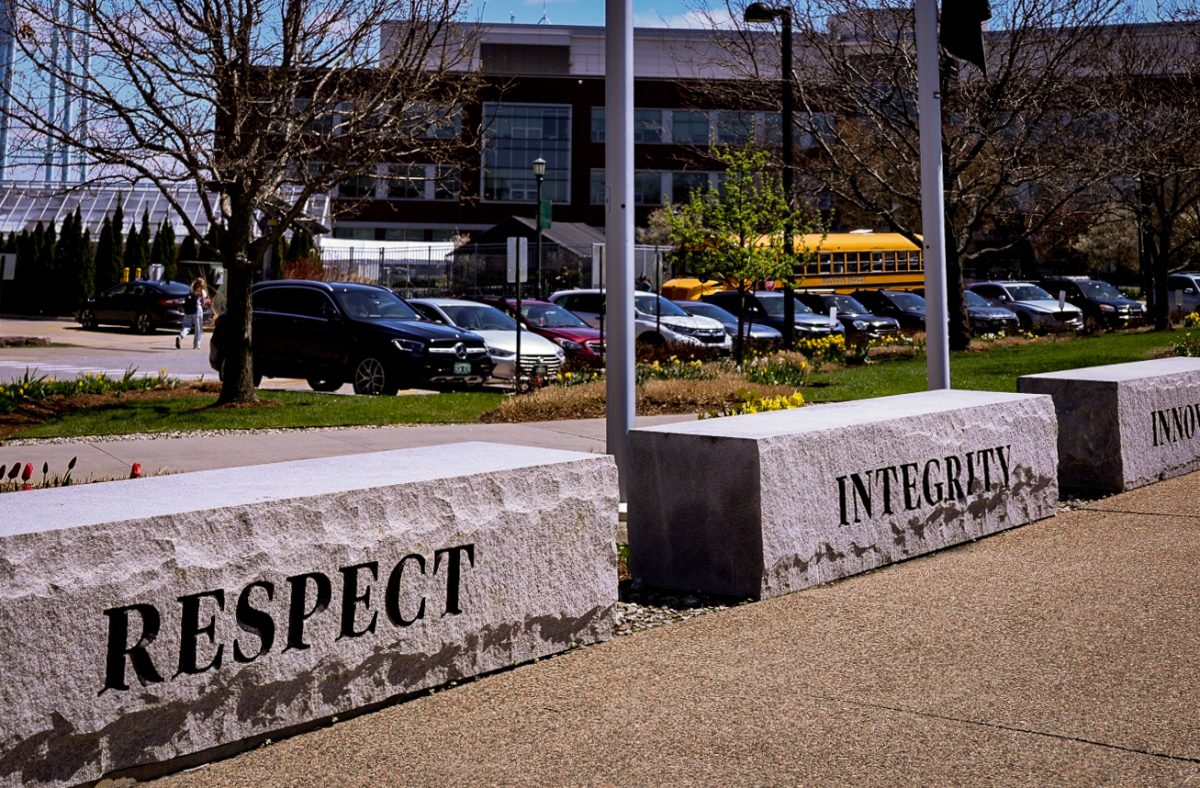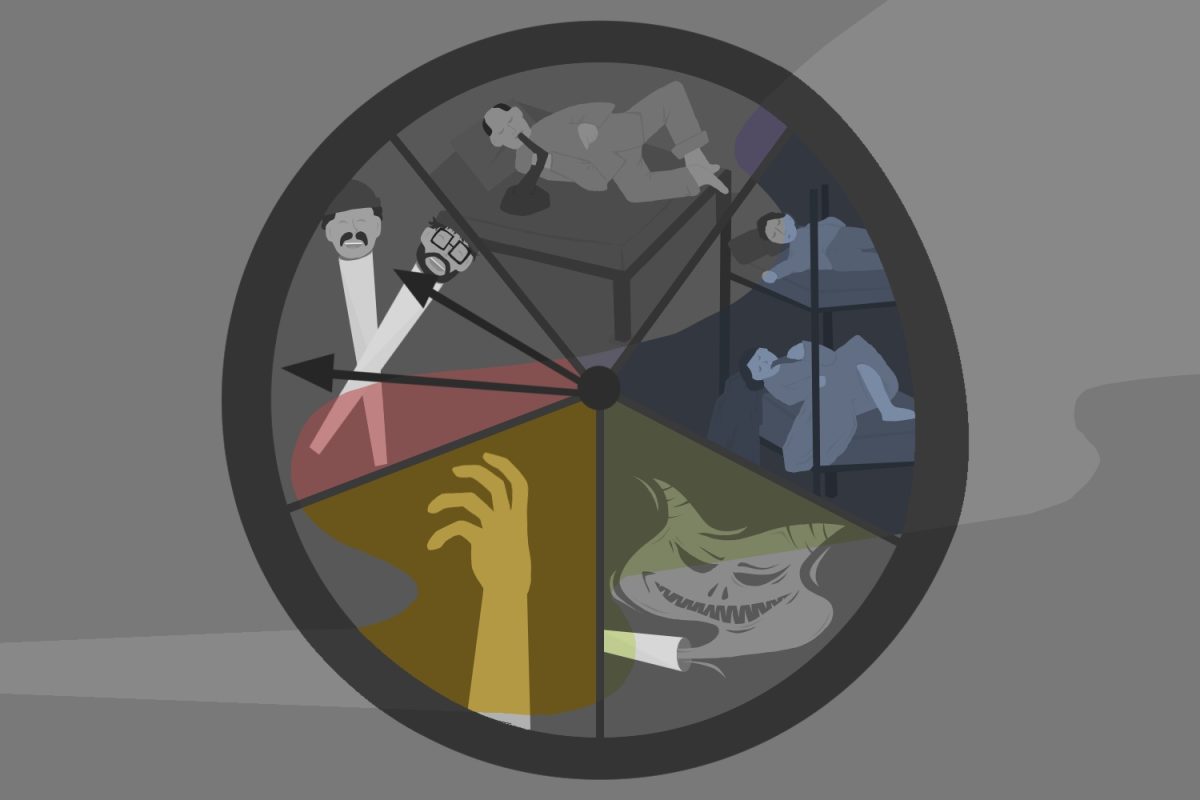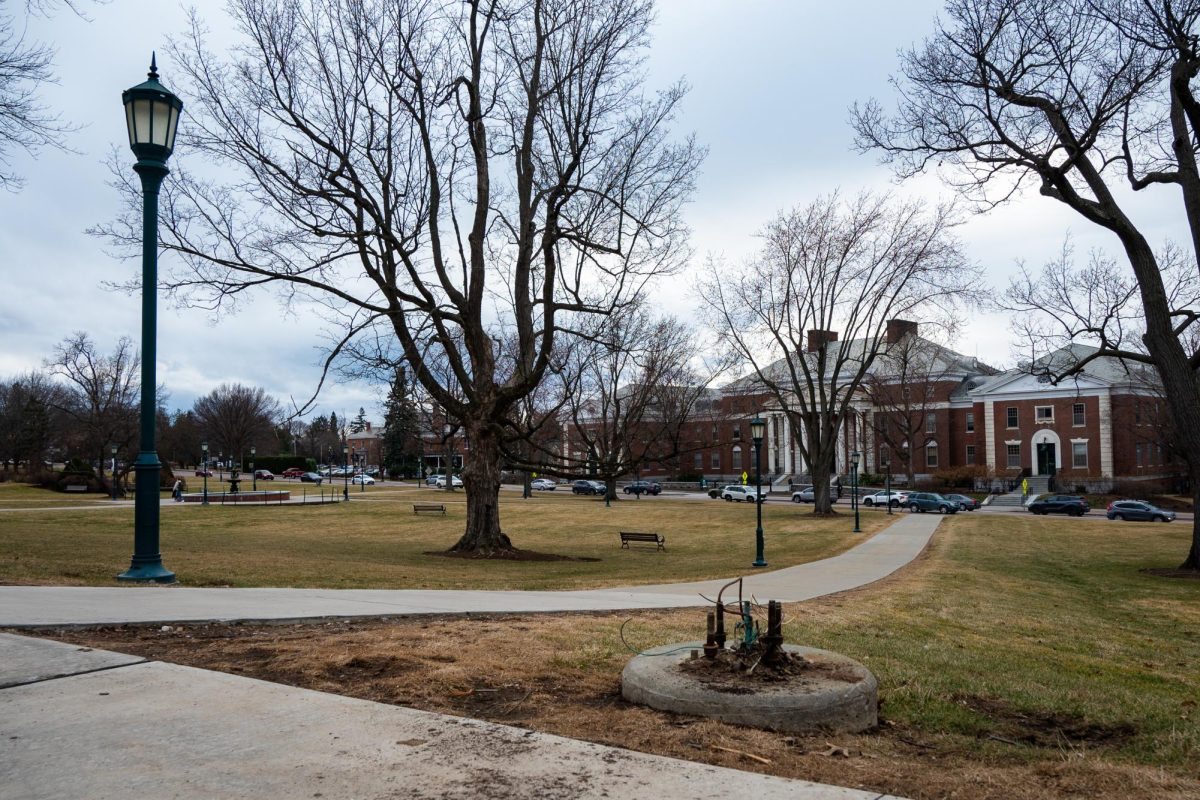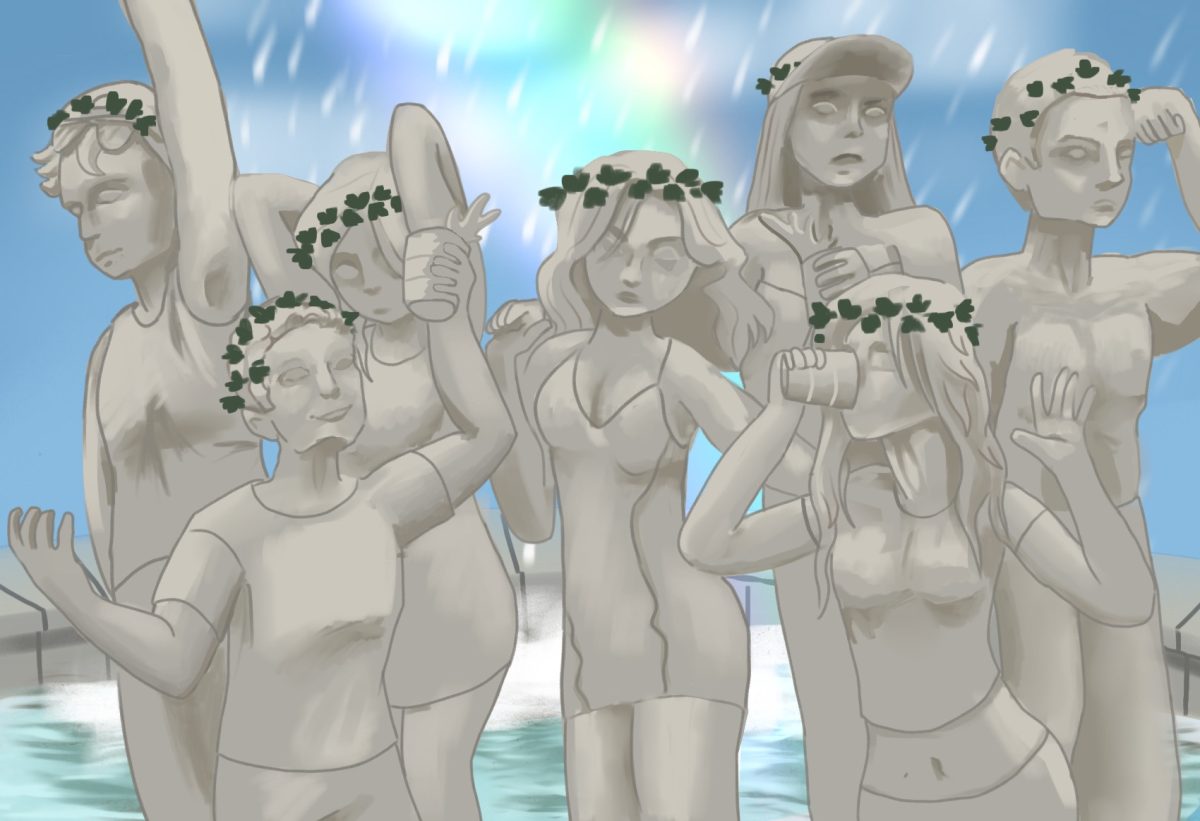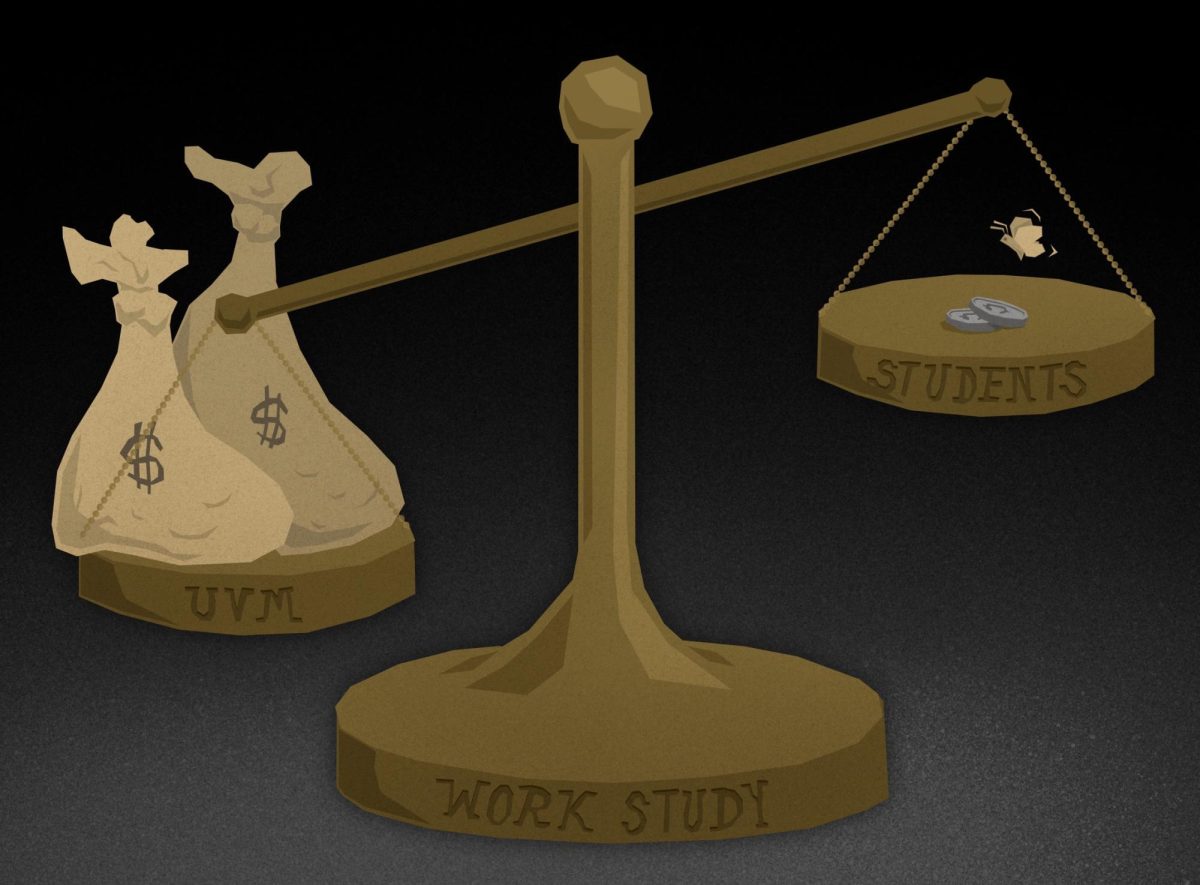A minimum of $500 is what you’re looking to spend for a season at the mountain as a college student — and that’s if you already have some gear. That’s about 35 hours of work at minimum wage in Vermont.
The weekend I returned to campus from winter break, my floor’s common room had been taken over and turned into a ski and snowboard waxing studio. The smell of melting wax dripping onto the backs of skis filled the room and shavings piled up on the floor.
At UVM, there is compounding social pressure to devote your free time to the skiing and snowboarding culture. Many of my floormates in the Outdoor Experience learning community have built their schedules around skiing at every possible opportunity.
Hosting the largest collegiate ski and snowboard club in the nation, of course, you’re going to hear a lot about getting to the mountain every weekend possible.
During my first semester, all anyone talked about during the weeks leading up to winter break was where they would ski that season.
Even though I knew I wanted to go skiing, I hadn’t gone in over 8 years, which stirred up a lot of anxiety for me.
Nevertheless, I bought my expensive season pass to Sugarbush Resort and geared up with some rentals from Alpine Shop.
I estimate that I sunk around $700 into this sport which I hadn’t done in years, which is not something many people can do easily. I was lucky to have worked a job throughout high school and had some help from my parents, so I could pay for the bulk of my gear and pass.
I was intimidated by how experienced everyone else seemed and nervous about getting out on the mountain.
I managed to find some friends of both similar and higher skill levels than me, who I felt comfortable spending some time on the slopes with.
For others, the story may not be that simple. Especially for those who come from states with no snow and no slopes, the expectation to fund your fun can be jarring.
Skiing and snowboarding can be exhilarating when you finally get out there, but the barriers to the sport shouldn’t be ignored. There’s a certain stereotype around young people who get to ski during their time in college: they have grown up skiing and have their parents pay for all of it.
However, that is not the reality for everyone.
I know many students here who decide to spend their money the same way I did. Although I don’t think there is anything inherently wrong with your parents paying for your ski season, it is crucial to be cognizant that not everyone has the same support available to them.
Winter sports are historically inaccessible for people with lower incomes or minorities and arrogance about this can be harmful to parts of the student body.
Sixty-three percent of skiers have a household income above $75,000. 63% are men and 88.7% are white according to the 2022 International Report on Snow & Mountain Tourism. It is important to recognize these barriers and work to break them down.
The UVM Ski & Snowboard Club has a lot of great partnerships and discounts to get students out on the mountain, like season passes, ski lessons, free transportation and local store promotions for club members.
The mission of UVM SSC is to make the already popular sports at UVM accessible to all students. It’s easy for this idea to get lost along the grapevine, but it is the reason the club exists.
As intimidating as the Clubhaus in the Davis Center may seem, I promise it isn’t as scary once you get in there. I was admittedly nervous just going to pick up my free-with-membership t-shirt, but the ambassador working the desk was welcoming and helpful.
Ultimately, I’ve found that most skiers are supportive of newbies like myself learning to ski or snowboard. I’ve met uplifting people who celebrate me when I succeed and reassure me when I wipe out.
On my first day on the slopes, I took five spills before getting even halfway down the trail.
The friend I went with, a more experienced skier, helped me up every time. He cheered for me when I finally managed to go the whole run without falling. It’s all about who you surround yourself with when you venture on the journey.
These kinds of people are all around, and even though it may be hard to look through the fog of anxiety and apparent lack of support, taking some time to find a good group is worth the effort.




